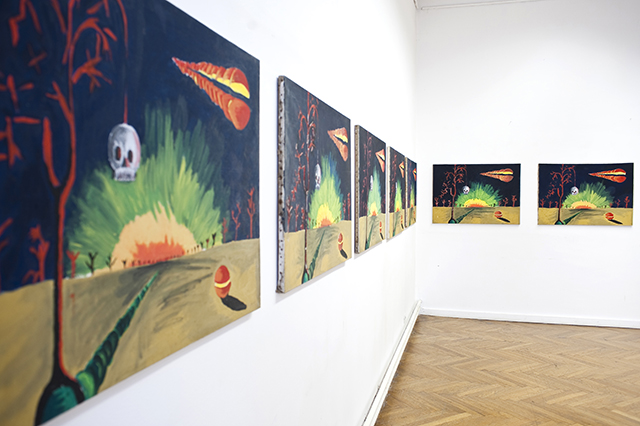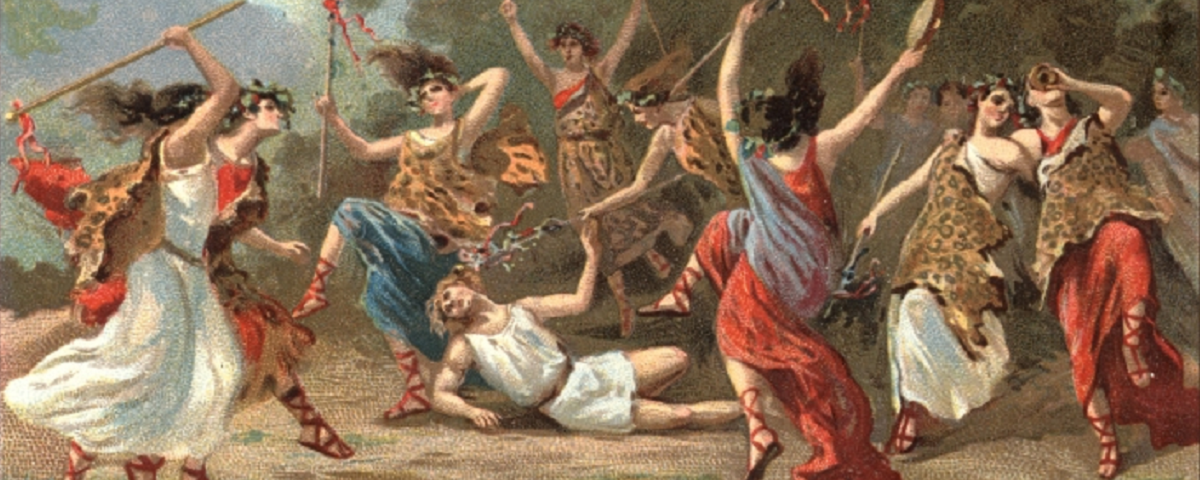Arts and Society Category

Hegel And The Buddha in Popular Culture and Art, Part 2 (Dion Peoples)
The following is the second part of a two-part series. The first installment can be found here. The Dhamma, when told to someone, conditions the mind of the artist, who then becomes conditioned and forms ideas according to his biases or other preferences. Hegel writes in the Phenomenology of Mind: “…spirit…

Against Art By Other Means – The Case Of Goran Đorđević, 1972-85 (Branislav Dimitrijević)
In January 1980, the leading daily newspaper in Belgrade, Politika, published a small announcement for the opening, on January 29 at 6 pm, of an exhibition at the Students’ Cultural Centre (SKC) by the artist Goran Đorđević, entitled Against Art. The gallery also distributed a small invitation card, while omitting…

The Socially Engaged Art Of Francis Alÿs (Hania Afifi)
At 09:00 AM on Sunday June 23, 2002, the 12-person Peruvian brass band, Banda de Santa Cecilia, began playing solemn subdued rhythms in front of the Museum of Modern Art (MOMA) in midtown Manhattan, signaling the start of Francis Alÿs’s The Modern Procession. The band was accompanied by several dogs,…

The Museum As Battlefield – The Case Of Hito Steyerl, Part 2 (Wigbertson Julian Isenia)
The following is the second of a two-part series. The first installment can be found here. The museum as a public space What is the public in a contemporary context? How is this idea of the public constructed historically and how can we analyze it from its perspective of its geopolitics?…

Putting Picasso On The Economic Development Council (Carl Raschke)
Placemaking, often characterized as a “people-centered” strategy for revitalizing communities through a stakeholder-driven transformation of public spaces, is one of the hottest new trends in both urban planning and the interdisciplinary arts and humanities. As the literature of the Project for Public Spaces, which many consider the leading advocacy organization …

